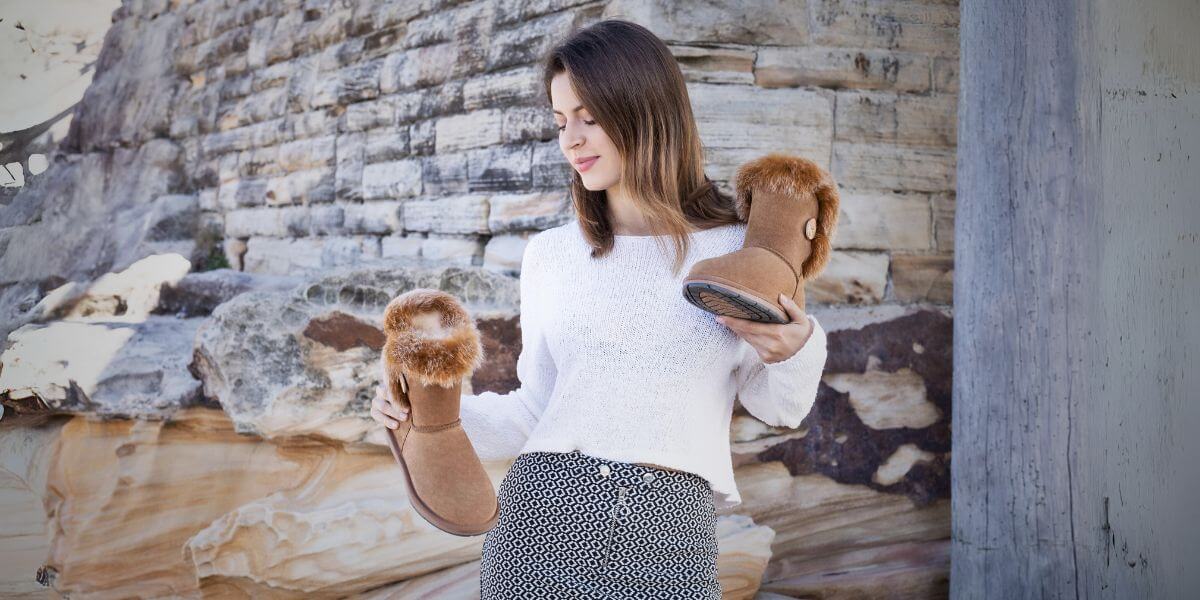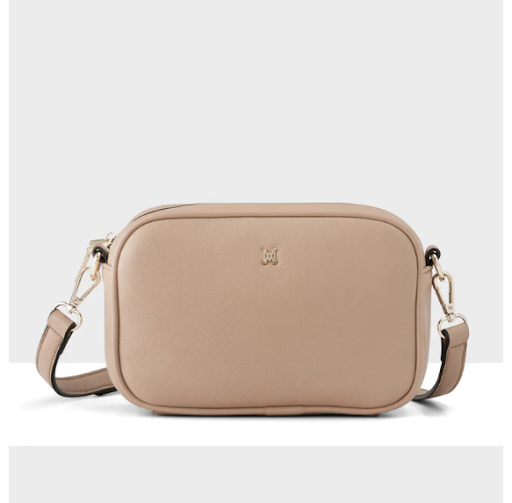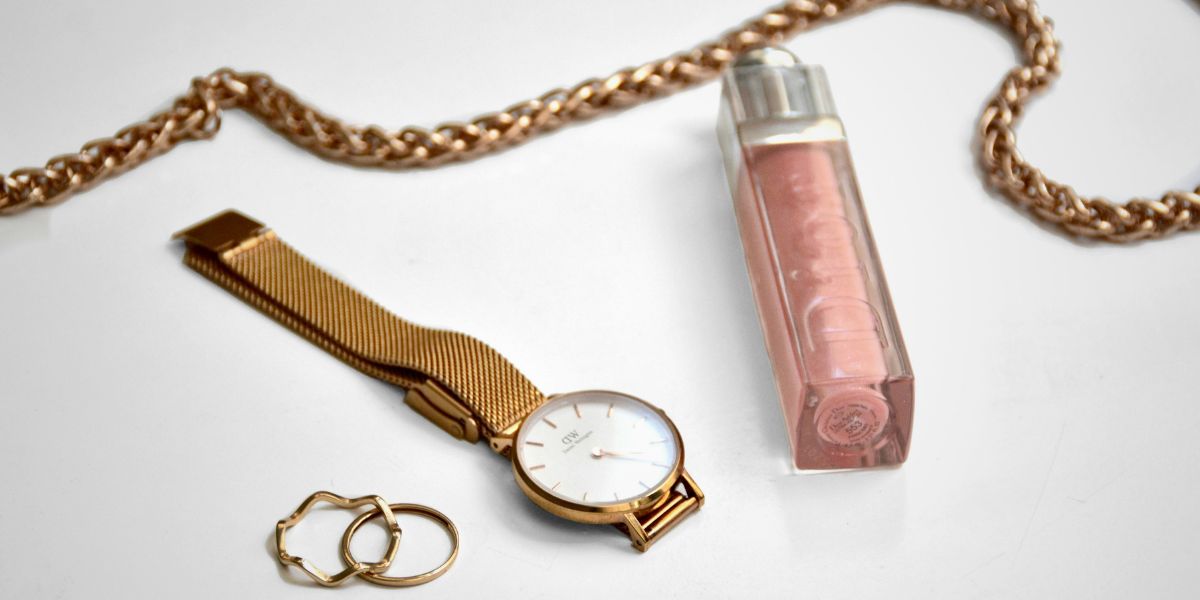Australia in March offers a fascinating mix of climates — it’s neither entirely summer nor fully autumn. This in-between season makes dressing a little tricky, especially for travellers or anyone moving between states. The key is to balance lightweight, breathable comfort with smart layering, so you’re ready for hot afternoons, sudden showers, and cooler nights. In this extended guide, we’ll explore exactly what to wear, what fabrics to choose, and how to pack efficiently for every region across the country.
Understanding Australia’s March Climate
March marks the beginning of autumn in Australia, but the transition isn’t abrupt. Many regions, especially the north and central areas, still experience warm or humid summer-like weather. Temperatures can range widely — from high 20s to mid-30s °C during the day, to low 20s or even the teens at night depending on the region. In cities like Sydney and Brisbane, you can expect warm days and comfortable evenings, while Melbourne and Adelaide start showing hints of crisp autumn air. Further north, Darwin and Cairns remain hot, humid, and prone to tropical downpours — a reminder that the wet season hasn’t completely faded yet. Meanwhile, Tasmania and some southern coastal areas cool down noticeably; a light jacket becomes more of a daily essential there.
Rainfall also plays a role. March isn’t the wettest month in most regions, but showers can still appear without warning — especially along the east coast or in Melbourne, which is famous for its unpredictable “four seasons in a day.” If you plan to travel across multiple states, be prepared for everything from sunshine to drizzle, sometimes within the same afternoon.
Dressing for Different Regions in Australia
Because Australia spans a vast area, “March weather” means something different depending on where you are. Here’s how to plan your outfits by region.
1. Northern & Tropical Australia (Darwin, Cairns, Broome)
March still feels like summer in the tropics. Expect humidity above 70%, intense sunshine, and occasional thunderstorms that can cool the air but also soak you quickly. Breathable clothing is your best friend — think loose cotton shirts, linen dresses, light shorts, and open sandals. It’s also wise to pack a light waterproof jacket or poncho, since rain can appear suddenly. Avoid thick fabrics like denim or polyester, which trap heat and moisture. For outdoor adventures in rainforest areas or during hikes, bring long-sleeved lightweight tops that offer both insect protection and UV coverage.
Accessories matter too: a wide-brimmed hat, UV-rated sunglasses, and reef-safe sunscreen are must-haves in the north. When the evenings arrive, temperatures rarely drop below 25 °C, so a simple cotton shirt is enough.
2. East Coast & Coastal Cities (Sydney, Brisbane, Gold Coast)
March along the east coast is warm but relatively balanced. Average highs hover around 27–29 °C, and humidity is moderate. During the day, lightweight casuals — shorts, skirts, t-shirts, sundresses — are perfect for exploring the beach, harbour, or outdoor cafés. However, coastal breezes can bring cooler evenings, especially if you’re dining near the water. Keep a light cardigan, denim jacket, or linen blazer handy to layer over your outfit. Showers or passing rain clouds are common in Sydney in March, so a compact umbrella or foldable rain jacket fits easily into a day bag.
Shoes should be practical: breathable sneakers or sandals for day wear, and a clean pair of loafers or espadrilles for nights out. Australians dress casually but with style — think effortless comfort rather than overly formal outfits.
3. Southern & Temperate Regions (Melbourne, Adelaide, Tasmania)
In the southern states, March feels more autumnal. Mornings and evenings are cooler, sometimes dipping below 15 °C, while afternoons can still be warm enough for short sleeves. This mix calls for smart layering: start the day with a T-shirt, add a lightweight sweater or merino wool jumper, and carry a compact trench coat or waterproof shell in case of wind or drizzle. Melbourne’s weather, in particular, is famously unpredictable — locals joke that you can experience “all four seasons in one day.” So if you’re wondering what to wear in Melbourne in March, versatility is your best strategy. Choose fabrics that breathe during sunny hours but insulate lightly when the wind picks up.
Tasmania, on the other hand, leans cooler. If you’re exploring Hobart or the island’s nature trails, bring full-length pants, a thermal top, and a mid-weight jacket for evenings. Hiking boots or durable walking shoes are also useful.
4. Central & Inland Australia (Alice Springs, Uluru, Outback regions)
Inland Australia stays dry and warm throughout March, but temperatures fluctuate sharply between day and night. It might be 35 °C at midday and 12 °C by midnight. Pack sun-protective, moisture-wicking clothing for daytime, such as long-sleeved shirts made from technical lightweight blends. These protect against both UV rays and dusty desert winds. For the evenings, a fleece layer or light down jacket keeps you comfortable under the stars. Because sunlight is strong, never skip sunscreen, sunglasses, and a hat. Closed shoes are also better than sandals here, as the terrain is often sandy or rocky.
Fabrics that Work Best for March in Australia
Knowing what materials perform best in Australia’s transitional climate makes packing simpler. Choose natural, breathable fabrics such as cotton, linen, and bamboo, which allow airflow and prevent overheating during warmer days. For added flexibility, mix in technical fabrics designed for active travel — these synthetic blends wick moisture and dry quickly after rain or sweat, making them perfect for hiking or coastal walks.
For cooler evenings, merino wool is a standout option. It’s lightweight, odour-resistant, and temperature-regulating — meaning it’ll keep you warm without bulk. A water-resistant layer, such as a packable rain shell or lightweight windbreaker, is also worth carrying, especially if you’ll be in Sydney or Melbourne. Avoid heavy wool or thick denim; they absorb water easily and can be uncomfortable in humidity.
Colour-wise, lighter shades like beige, white, olive, and sky blue reflect sunlight and pair easily with other pieces, allowing you to mix and match without packing too much.
Layering: The Golden Rule for March Dressing
Because the weather in March shifts between warm and cool, layering is the smartest approach. It keeps you comfortable whether you’re basking in the sun or walking through an evening breeze.
A good layering system includes:
- Base layer – breathable tops or tanks that sit comfortably against the skin.
- Middle layer – a long-sleeve shirt, cotton jumper, or merino cardigan to trap light warmth.
- Outer shell – a windproof or rainproof jacket to shield you from rain or chilly gusts.
This system lets you remove or add layers as the temperature changes throughout the day. It also makes packing more efficient: three or four layers can cover nearly every possible weather scenario during March in Australia.
Footwear: Comfort Meets Practicality
Australia in March calls for footwear that balances comfort and versatility. You’ll likely walk a lot — whether along city streets, coastal trails, or rainforest paths. Bring:
- Breathable walking shoes or sneakers with good support for sightseeing.
- Sandals or slides for beaches, casual strolls, or hot afternoons.
- Closed-toe shoes or ankle boots for cooler nights or dinners out.
- Flip-flops (“thongs”) if you’re spending time by the pool or in beach towns.
If you’ll be hiking or visiting national parks, opt for trail shoes or light hiking boots. Socks should be a mix: thin cotton pairs for everyday wear and thicker ones for colder evenings. It’s worth choosing moisture-wicking socks, as they help prevent blisters in humid conditions.
Accessories: Small Items That Make a Big Difference
Don’t underestimate accessories — they often determine your comfort more than clothes do. March sunlight remains strong, so sun protection is essential. Always wear a broad-brimmed hat or cap, UV-blocking sunglasses, and apply broad-spectrum sunscreen regularly. A lightweight scarf or shawl adds versatility: it can warm you in the evening, shield your shoulders from the sun, or dress up an outfit. Carry a compact umbrella or foldable rain poncho if you’re visiting southern or coastal areas. If you’re travelling between climates, a cross-body bag keeps essentials safe and convenient, while a day backpack is ideal for day trips and hikes.
Outfit Examples and Packing List
Daytime Outfits
For sightseeing and casual outings:
- Linen shorts with a tucked-in cotton tee and leather sandals.
- A sleeveless dress paired with a denim jacket and sun hat.
- Activewear sets (breathable T-shirt + quick-dry leggings) for hikes or long walks.
Evening Outfits
As evenings cool, opt for:
- A long-sleeved blouse with cropped trousers and flats.
- A light jumper layered over a summer dress.
- Smart-casual shirt and chinos for men — perfect for restaurants or rooftop bars.
Essentials Packing List
- 3–4 lightweight tops
- 2 pairs of shorts or skirts
- 1 pair of jeans or trousers
- 1 sundress (for women)
- 1 jumper or cardigan
- 1 lightweight jacket or rain shell
- Swimwear
- 2 pairs of shoes (sneakers and sandals)
- Hat, sunglasses, sunscreen, scarf
City-by-City Outfit
Sydney
Stylish yet casual. Locals love neutral palettes and relaxed silhouettes. Sundresses, shorts, linen shirts — all work perfectly. Add a thin cardigan for sea breezes.
Melbourne
Layering capital of Australia. Expect sun, wind, and drizzle in a single day. Combine T-shirts with cardigans and trench coats. Black, grey, and denim tones are popular.
Brisbane
Hotter and more humid — stick to loose cottons and breathable footwear. Lightweight dresses or polos keep you cool during daytime sightseeing.
Adelaide
Dry heat and blue skies dominate. Casual urban outfits work well: chinos, flowy dresses, or linen co-ords. A lightweight jacket is handy for nights.
Perth
Similar to Adelaide but slightly windier. Bring a hat and sunglasses — the sunlight here is strong, and UV levels remain high in March.
Tasmania
Cooler than the mainland. Long pants, fleece, and a waterproof shell are recommended. Even daytime may feel chilly compared to Sydney or Brisbane.
Practical Tips Before You Pack
1. Check Local Forecasts
Australia’s climate in March varies widely — it could be humid in Queensland and cool in Victoria. Always check the forecast for each city before packing. This helps you decide whether to prioritise rain gear, sun protection, or extra layers.
2. Plan for Layers
March weather can shift from warm afternoons to cool evenings. Instead of bulky jumpers, pack lightweight layers: cotton shirts, cardigans, and a compact jacket. Layering keeps you comfortable and makes your wardrobe more versatile.
3. Keep Luggage Light
Avoid overpacking. Choose quick-dry, wrinkle-resistant fabrics and items you can mix and match. One pair of jeans, a few tops, and a light outer layer will cover most occasions.
4. Mind the Sun
Even in autumn, the Australian sun is strong. Bring SPF 30+ sunscreen, a wide-brimmed hat, and UV-blocking sunglasses to stay protected outdoors.
5. Comfort First
Australians dress casually, even in cities. Focus on breathable fabrics and practical footwear over formal pieces — comfort and functionality come first.
6. Limit Shoes
Two or three pairs are enough: walking shoes, casual sandals, and one dressier option. Heavy or redundant shoes just take up space.
7. Laundry Access
Quick-dry fabrics make it easy to wash clothes on the go. Pack a small detergent sachet or plan to use your hotel’s laundry — it keeps your travel wardrobe fresh without overpacking.
Final Thoughts: Balancing Comfort, Style, and Practicality
March in Australia is one of the most enjoyable times to explore the country — warm enough for beach days, cool enough for city walks, and ideal for wine regions and outdoor events. The secret to dressing well lies in choosing versatile layers, breathable fabrics, and functional accessories. Rather than packing heavy items, focus on pieces that adapt: a cotton shirt that doubles as a beach cover-up, a cardigan that complements both dresses and jeans, or sneakers that handle both sightseeing and casual dinners.
If you embrace the relaxed, practical approach Australians are famous for, you’ll not only stay comfortable but also look effortlessly stylish — whether you’re exploring Bondi, brunching in Melbourne’s laneways, or hiking near Uluru.
Planning your March outfits? Discover a thoughtfully selected range of shoes and accessories that fit Australia’s changing weather — available now at Peroz Australia.





